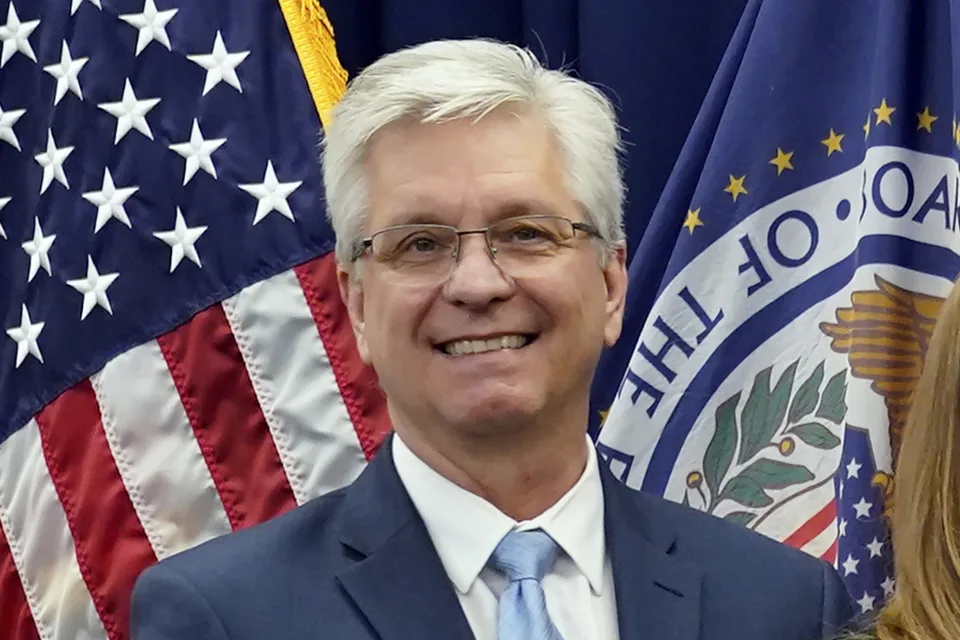
Markets are now pricing in a better than 50% chance of an interest rate hike next month after a new report from the Commerce Department showed that consumer inflation accelerated in April.
The Fed’s preferred measure of inflation – the consumption expenditures index, excluding volatile food and energy prices – rose 4.7% in April, accelerating from 4.6% in March. Consumer spending also rose 0.8%, according to the Commerce Department.
Traders of futures contracts tied to the Federal Reserve policy rate are now betting the Fed will hike rates again to cool inflation. The Fed has raised rates 10 times since last March to a range of 5%-5.25%.
Fed Funds Futures, which can be volatile and thinly traded, were pricing in a nearly 60% chance of a 0.25% rate hike at one point Friday morning following the latest read on inflation.
That’s up from odds of around 40% earlier in the week and from odds of around 10% after the last Fed policy meeting in May.
“[Inflation] remains within the range of the past two years…and a definitive break to the downside remains elusive,” Ian Shepherdson, chief economist at Pantheon Macroeconomics wrote in a research note.
“These data raise the risk that the Fed will hike again in June, though our base case remains that rates will be left on hold. Another big payroll print next week, however, would change that.”
The new consumer inflation reading on Friday “suggests that inflation isn’t slowing quickly enough as a broad range of indicators points to a stronger economy,” said Quincy Krosby, Chief Global Strategist for LPL Financial.
Keeping options open
Fed officials have routinely lamented slow progress on bringing inflation down.
The latest was Fed Governor Christopher Waller, who Wednesday said: “I am concerned about the lack of progress in any and all of these measures… I do not support stopping rate hikes unless we get clear evidence that inflation is moving down towards our 2 percent objective.”
Waller added that he isn’t sure yet what to do for the June meeting.
Federal Reserve officials were divided at their last policy meeting on what the central bank’s next move should be, according to minutes released Wednesday. Several officials were leaning toward a pause and many wanted to keep options open given uncertainty about the outlook.
Fed Chair Jerome Powell said last Friday he is still keeping options open. St Louis Fed President Jim Bullard is looking for two more rate hikes, while Dallas Fed President Lorie Logan has said a pause is not in order right now.
Boston Fed President Susan Collins said Wednesday that the Fed may be at or near a pause, but reserved the option to make decisions meeting by meeting given the data at the time.
Officials still have two key pieces of data before their next policy meeting – the May jobs report due out Friday, June 2 and another read on inflation via the consumer price index on the first day of the Fed’s next policy meeting, June 13.
“The combination of inflation moving upward and consumer spending remaining so strong will increase the odds of the Federal Reserve raising rates another time in mid-June,” said Nationwide Chief Economist Kathy Bostjancic. “However, the final decision will be influenced heavily by the May employment report and the May CPI report.”
Another event to watch that could cause the Fed to pause is a default on the nation’s borrowing limit or even a near default.
Fitch Ratings this week put the US credit rating on negative watch—reminding many of the consequences seen back in 2011 when a credit downgrade over similar brinksmanship between Republicans and Democrats over raising the debt ceiling touched off higher borrowing rates and a stock market crash.
“The debt ceiling impasse and its aftermath is likely to keep the Fed on the side lines in June, but some officials are now eyeing a return to hiking at the late -July FOMC meeting,” Capital Economics economist Paul Ashworth wrote.





























